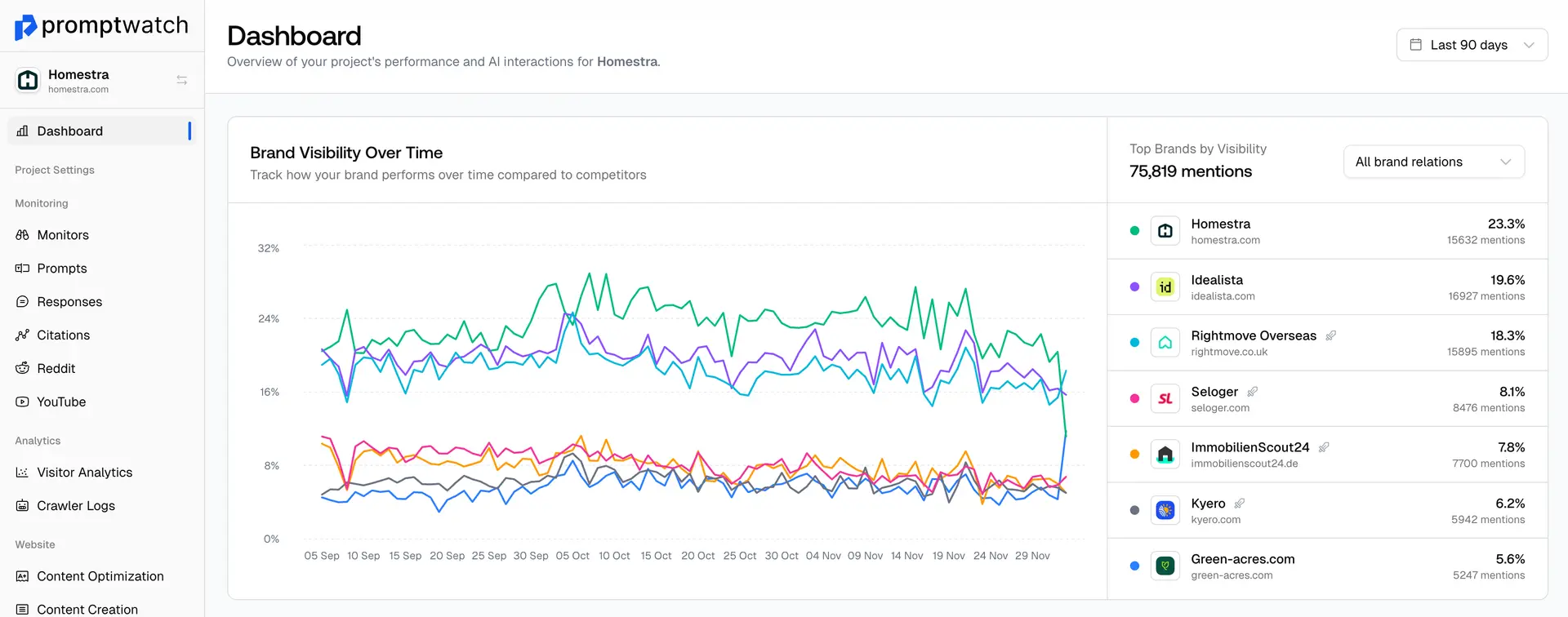Definition
AMP (Accelerated Mobile Pages) is an open-source framework developed by Google designed to create fast-loading mobile web pages that provide optimal user experience on mobile devices. AMP uses a restricted set of HTML, CSS, and JavaScript to ensure pages load almost instantly, typically in under one second.
AMP pages are served from Google's CDN and cached for ultra-fast delivery, making them particularly effective for content-heavy sites like news publications, blogs, and e-commerce platforms. The framework enforces strict performance standards including limited JavaScript, optimized images, and streamlined HTML structure.
While AMP can improve mobile page speed and was historically favored in mobile search results, Google has moved away from AMP-specific ranking benefits, focusing instead on overall page experience metrics. For AI-powered search and GEO optimization, AMP can be beneficial because faster-loading content is more accessible to AI crawling systems and provides better user experience signals. However, AMP's restrictions may limit some interactive features and analytics capabilities that businesses need.
Implementing AMP requires creating separate AMP versions of pages, validating AMP markup, implementing structured data, maintaining content parity between regular and AMP pages, and monitoring performance through AMP-specific analytics. Modern alternatives include optimizing regular pages for Core Web Vitals, which can achieve similar performance benefits without AMP's restrictions.
Examples of AMP (Accelerated Mobile Pages)
- A news website implementing AMP for article pages to ensure instant loading on mobile devices and improve mobile search performance
- An e-commerce site creating AMP versions of product pages to provide faster mobile shopping experiences
- A blog using AMP to improve mobile page load times and reduce bounce rates from mobile search traffic
- A local business implementing AMP for landing pages to improve mobile user experience and conversion rates
